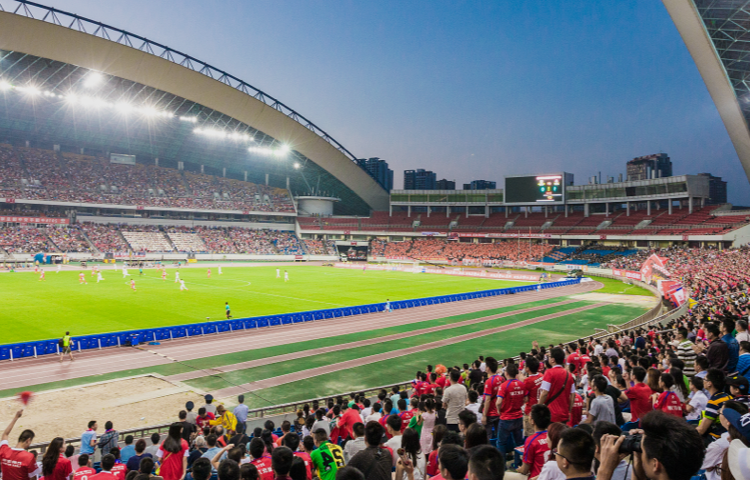Latest Events in Shanghai:Concerts, Shows, Tours, Calender&Tickets (November Updated)
Unwavering lights all night long, trails of cars in neon and grandeur can be found around every corner—welcome to Shanghai, the economic powerhouse of China. Known as the "Pearl of the Orient," this vibrant city embraces visitors from all over the world with its inclusive spirit and open attitude. To make your trip to Shanghai truly unforgettable, Trip.com has gathered a list of the latest and most exciting events happening in the city. One of the most anticipated events in Shanghai is the upcoming concert tour by Yonezu Kenshi. If you're a fan of energetic anime themes and his music, this is an experience you won't want to miss. For those intrigued by Chinese tea culture, the Tea Expo Shanghai 2024 offers a chance to explore the wonders of what is often called the "Eastern coffee."Additionally, Shanghai will host a variety of trade shows, such as MAISON Shanghai 2024, All China Leather Exhibition 2024, and Analytica China 2024, ensuring there's something to satisfy every interest. Discover these events and many more to enhance your Shanghai experience with Trip.com, your guide to all the best activities in the city.








Tomorrowland Shanghai 2025: The Magic of Tomorrowland | Shanghai Expo Pavilion

LabelExpo Asia 2025 | Shanghai New International Expo Centre (SNIEC)

Katy Perry Shanghai Concert Tour 2025|November 25 | MercedesBenzArena

Katy Perry Shanghai Concert Tour 2025|November 24 | MercedesBenzArena

All In Print China 2026 | Shanghai New International Expo Centre (SNIEC)

Marintec China 2025 | Shanghai New International Expo Centre (SNIEC)

Shanghai International Nonwovens Conference & Exhibition 2025 | Shanghai World Expo Exhibition and Convention Center

The Shanghai International Art Fair 2025 | National Convention & Exhibition Center, Shanghai, China

Chinese Super League | Shanghai Port v Henan Songshan Longmen (Shanghai) | Pudong Football Stadium


![2025 SEVENTEEN WORLD TOUR [NEW_] IN JAPAN | TOKYO | Tokyo Dome](https://ak-d.tripcdn.com/images/1i64g12000mt8tj2l0C37.jpg?proc=source/trip)


